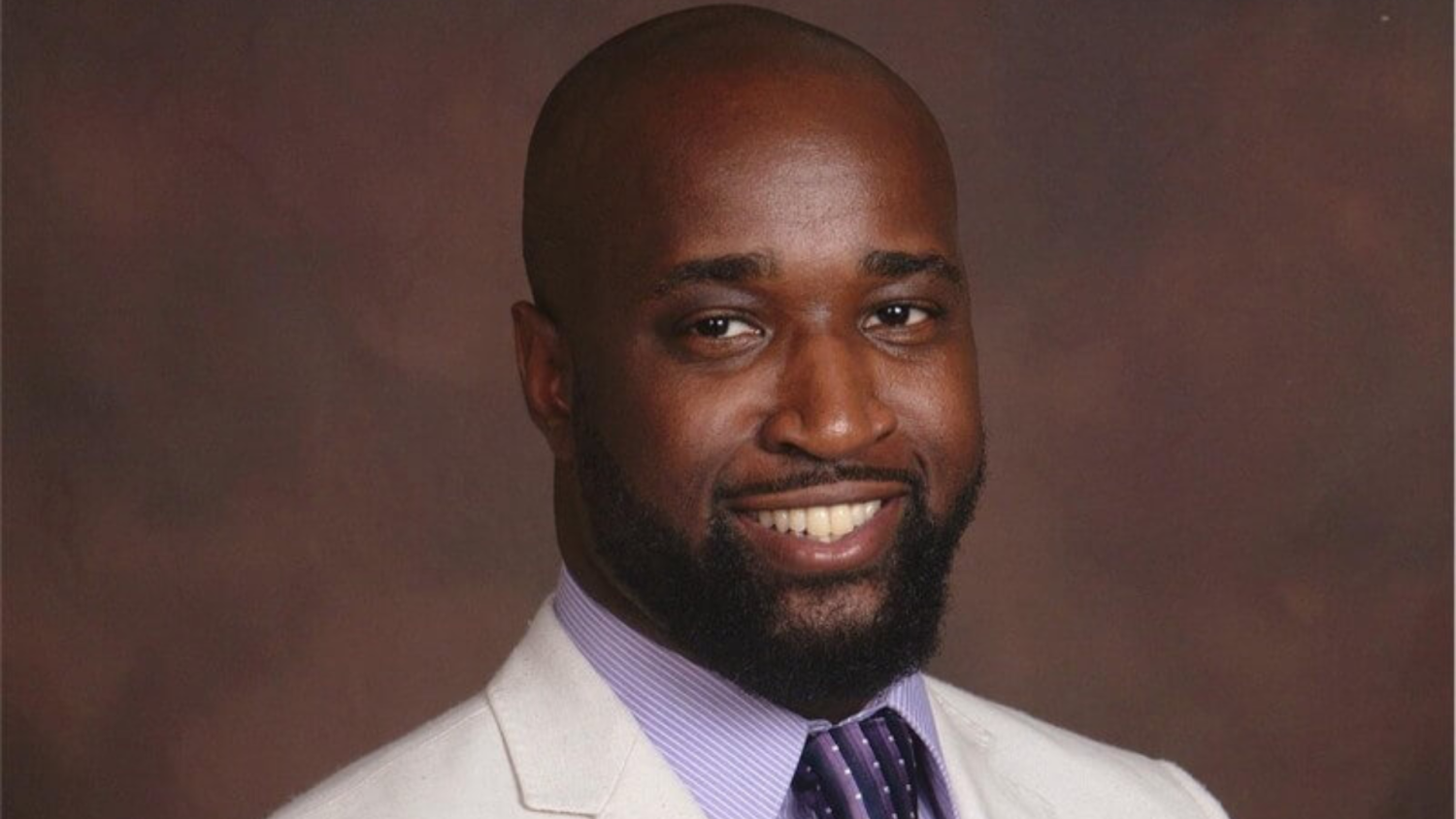


During my PGY3 year in Psychiatry Residency in New York, I started to see a pattern while working in the outpatient setting. Many of my patients with mood disorders also struggled with insomnia, so I began to review the literature about insomnia in depression and bipolar disorder. I was about to start PGY4 and apply to Pain Management. Looking back, after spending five years in Guadalajara, Mexico, I learned medicine in Spanish, so I have been clinically effective while working with Spanish-only-speaking patients.
I had a patient in the outpatient setting suffering from Parkinson’s Disease, and she was Spanish – speaking only. I asked her questions about a possible RBD, as she had never had a sleep study or evaluation before. She endorsed dream enactment but also insomnia with RLS symptoms. Because of her symptoms, she was only sleeping 2.5 hours nightly. Unsure if she was experiencing augmentation from Sinemet and not wanting to disturb the dopamine pathway, I figured I could try Mirtazapine 7.5mg with scheduled titration of up to 15mg. This helped her sleep 6.5 hours, which was the most sleep she ever had in 22 years. She was tearful and thankful that she finally found a medication that helped her sleep.
In Spanish, she said “You are a gift to me and in my life. I have never met a doctor who has helped me to sleep with all of my Parkinson’s problems. You are going to be a great Sleep Doctor and psychiatrist, and the patients at Stanford (I had recently matched) will be lucky to have you – especially the ones that speak Spanish like me.” As my eyes welled up with tears, it was then I had my ah-ha experience, knowing I was going into the field most intuitive for me. I applied for a Sleep Medicine fellowship instead of Pain and matched at Stanford. She changed my life – my entire trajectory.
The best part of practicing Sleep Medicine is getting feedback from the patients about how they’re doing at school, at work, and in their personal lives. I especially enjoy updates from parents about how well their child with type 1 Narcolepsy progressing in school with the help of medication and scheduled naps. Seeing that I can contribute to a patient having normalcy in their life despite having a severe sleep disorder is satisfying for me. The other part of Sleep Medicine I like is the opportunities for novelty and growth in the field. I have been able to treat patients with insomnia secondary to centralized pain with a novel VR Neurofeedback therapy, helping them become more resilient, and improving insomnia while tapering off opioids, benzodiazepines, and cyclobenzaprine.
My father is probably the person that inspired me most when he was alive. He had a massive heart attack on March 31, 2014, and he struggled with severe OSA, but mostly from Sleep-Related Eating Disorder and Sleepwalking, before I knew what sleep medicine was. He worked as a Respiratory Therapist at Baylor for 32 years alongside Pulmonologists and he used to help me with my Respiratory Physiology when I was in medical school. Sleep medicine was always in front of me without realizing it.
“When you make your moves, do them quietly until you are done and successful – then tell people what you already did, and celebrate.” -Mom
The most enjoyable part of being a member of AASM is that I feel seen and acknowledged as a Nigerian/Black male Physician, which is a smaller minority in medicine. I appreciate AASM’s dedication and commitment to diversity, equity, and inclusion.
A fun fact about me is that I played basketball overseas in Queensland, Australia in Surfer’s Paradise, before going to college, because I decided against college – until my father talked me into going to college.
Source: American Academy of Sleep Medicine


On December 5, 2025, the UAG Alumni Houston Chapter gathered alumni and friends for an evening of connection, shared memories, and TECOS pride that highlighted the strength of our alumni community.


Coming from the United States and Puerto Rico, a new generation of physicians is ready to carry the UAG seal back to their home communities.


The Universidad Autónoma de Guadalajara proudly honors alumnus Dr. Tony Martínez, whose recent recognition at the University at Buffalo reflects his humility, dedication, and deep commitment to compassionate, community-centered medical care.


UAG proudly welcomed alumnus and board-certified Urologist Dr. Charles Kandler back to campus, celebrating his outstanding career and continued connection to the university.